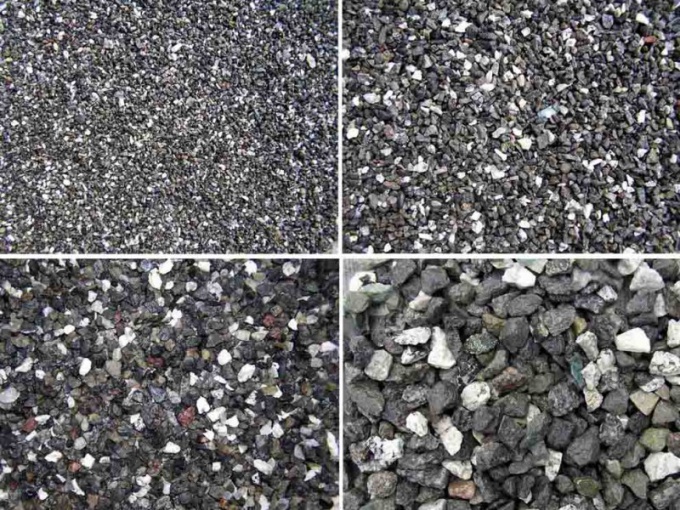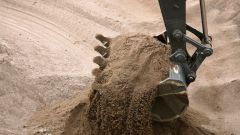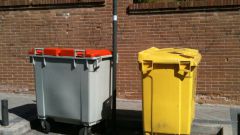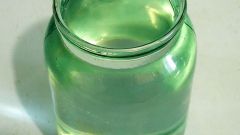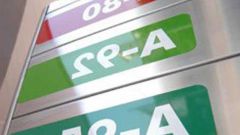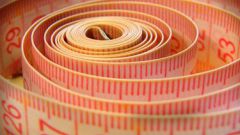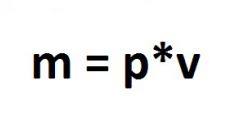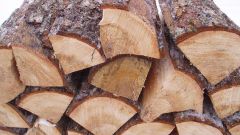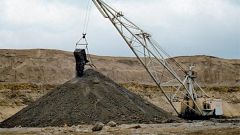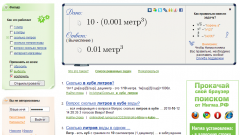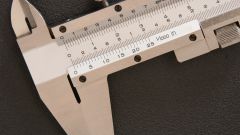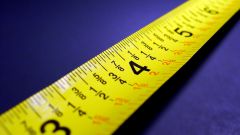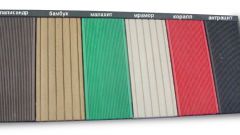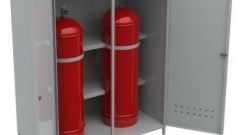You will need
- Physical or engineering Handbook.
Instruction
1
It is necessary that tons match the units of mass in the international system — SI. So you put tons into kilograms. To do this, multiply body weight by 1000.
For example: 35 t=35•1000=35000 kg.
For example: 35 t=35•1000=35000 kg.
2
This is true for the metric system. But we should remember the existence of the so-called long and short tons. The long, or English ton is often used to determine the displacement of the vessel. For translation long tons to kilograms, multiply body weight in kg. 1016,047 Short or American ton is used in the US and translated into kilograms by multiplying the weight on 907,185 kg.
3
According to the guide, find the density ρ of the body. To make the right choice, consider the state of the substance. So the density of water, ice and steam are different. And the density of charcoal (Plast) is seven times greater than the density of loose coal, and almost twice the density of coal dust. For example, ρ (charcoal)=1450 kg/m3; ρ (coal dust)=750 kg/m3; bulk ρ (charcoal)=200 kg/m3.
4
Use the formula V=m/ρ to determine the volume of the body.
Example
1 ton of coal occupies a volume V=1000/200=5 m3 and 1 ton of foam when ρ=10 kg/m3 V=1000/10=100 m3. Thus, a cargo truck with body capacity of 9 m3 and a payload up to 1.5 t during a single flight can carry all the coal. And to bring the foam, you will need more than 11 flights.
Example
1 ton of coal occupies a volume V=1000/200=5 m3 and 1 ton of foam when ρ=10 kg/m3 V=1000/10=100 m3. Thus, a cargo truck with body capacity of 9 m3 and a payload up to 1.5 t during a single flight can carry all the coal. And to bring the foam, you will need more than 11 flights.
Note
When finding the density of granular bodies, of wood and other bodies with high hygroscopicity consider the humidity.
Useful advice
All of the reference density is given most often at a temperature of 20°C and at normal atmospheric pressure. If external characteristics do not correspond to the table, it is necessary to make appropriate amendments.
